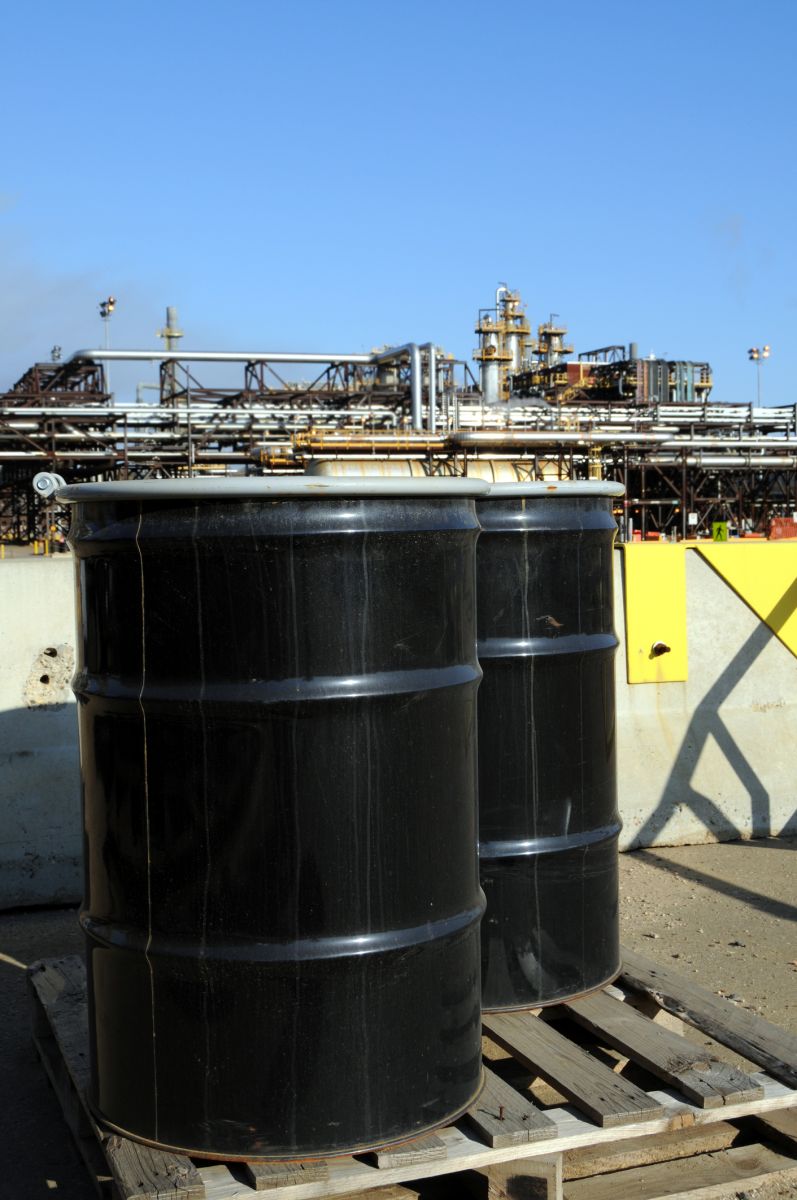
January WTI crude oil (CLF25) Wednesday closed down -0.05 (-0.07%), and January RBOB gasoline (RBF25) closed down -0.0201 (-1.03%).
Crude oil and gasoline prices Wednesday settled lower, with gasoline posting a 1-week low. Crude oil was under pressure Wednesday from an easing of geopolitical risks in the Middle East after Israel and Hezbollah agreed to a cease-fire. Losses in crude were limited after the dollar index (DXY00) tumbled to a 2-week low. Also, expectations that OPEC+ will delay planned oil production increases are bullish for crude. Wednesday's weekly EIA inventory report was mixed for crude and products after crude inventories fell more than expected and gasoline supplies unexpectedly increased.
Crude has support on expectations that OPEC+ will delay an expected +180,000 bpd of production from January until Q2 of 2025, when the group meets online on December 1. The group had previously agreed to restore 2.2 million bpd of output in monthly installments between January and late 2025. Also, the UAE is being allowed to gradually phase on a further 300,000 bpd in recognition of recent increases to its production capacity.
An increase in crude oil held worldwide on tankers is bearish for oil prices. Vortexa reported Monday that crude oil stored on tankers that have been stationary for at least seven days rose by +34% w/w to 74.83 million bbl in the week ended November 22.
Escalation of the Ukraine-Russian war is supportive of crude prices. Russia launched a new hypersonic missile into the city of Dnipro last week, following Ukraine's expanded use of Western-provided long-range missiles. Also, Ukraine fired British cruise missiles at military targets inside Russia for the first time after the UK government approved the action in response to Russia deploying North Korean troops in the Ukraine war. Also last week, Ukraine carried out its first missile strikes on a border region in Russia using US-supplied missiles, which prompted Russian President Putin to approve an updated nuclear doctrine that expands the conditions for Russia to use atomic weapons, including in response to a conventional attack on its soil.
Crude demand in China has weakened and is a bearish factor for oil prices. According to data compiled by Bloomberg, China's Oct apparent oil demand fell -5.4% y/y to 14.07 million bpd, and Jan-Oct apparent oil demand was down -4.03% y/y to 14.00 million bpd. China is the world's second-largest crude consumer.
An increase in Russian crude exports is bearish for crude. Weekly vessel-tracking data from Bloomberg showed Russian crude exports rose by +100,000 bpd to 2.93 million bpd in the week to November 24. Separately, Russia's Energy Ministry reported on October 23 that Russia's Sep crude production was 8.97 million bpd, down -13,000 bpd from Aug and just below the 8.98 million bpd output target it agreed to with OPEC+.
Wednesday's weekly EIA report was mixed for crude and products. On the bullish side, EIA crude inventories fell -1.84 million bbl, a larger draw than expectations of -1.0 million bbl. Also, crude supplies at Cushing, the delivery point of WTI futures, fell by -909,000 bbl. On the negative side, EIA gasoline stockpiles unexpectedly rose +3.3 million bbl versus expectations of a -100,000 bbl draw. Also, EIA distillate stockpiles rose +416,000 bbl, a larger build than expectations of +50,000 bbl.
Wednesday's EIA report showed that (1) US crude oil inventories as of November 22 were -4.5% below the seasonal 5-year average, (2) gasoline inventories were -3.5% below the seasonal 5-year average, and (3) distillate inventories were -5.1% below the 5-year seasonal average. US crude oil production in the week ending November 22 rose +2.2% w/w to 13.49 million bpd, just below the record 13.50 million bpd from earlier this month.
Baker Hughes reported Wednesday that active US oil rigs in the week ending November 29 fell -2 rigs and matched the 2-3/4 year low of 477 rigs first posted in the week ending July 19. The number of US oil rigs has fallen over the past two years from the 4-1/2 year high of 627 rigs posted in December 2022.







